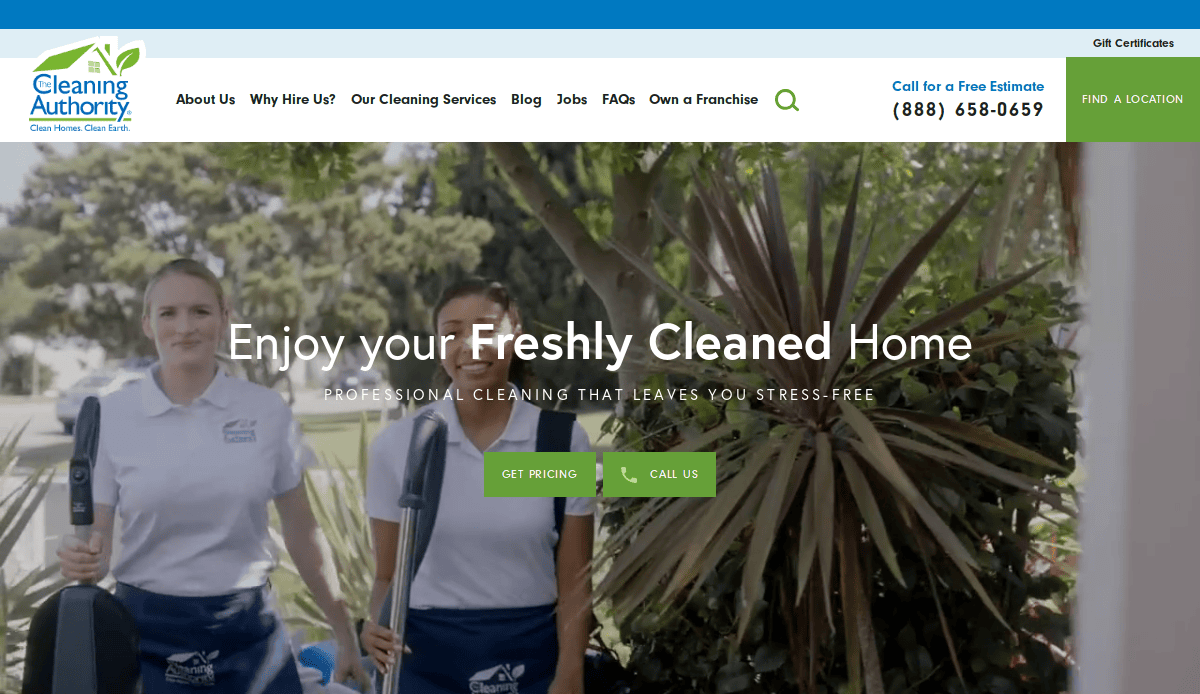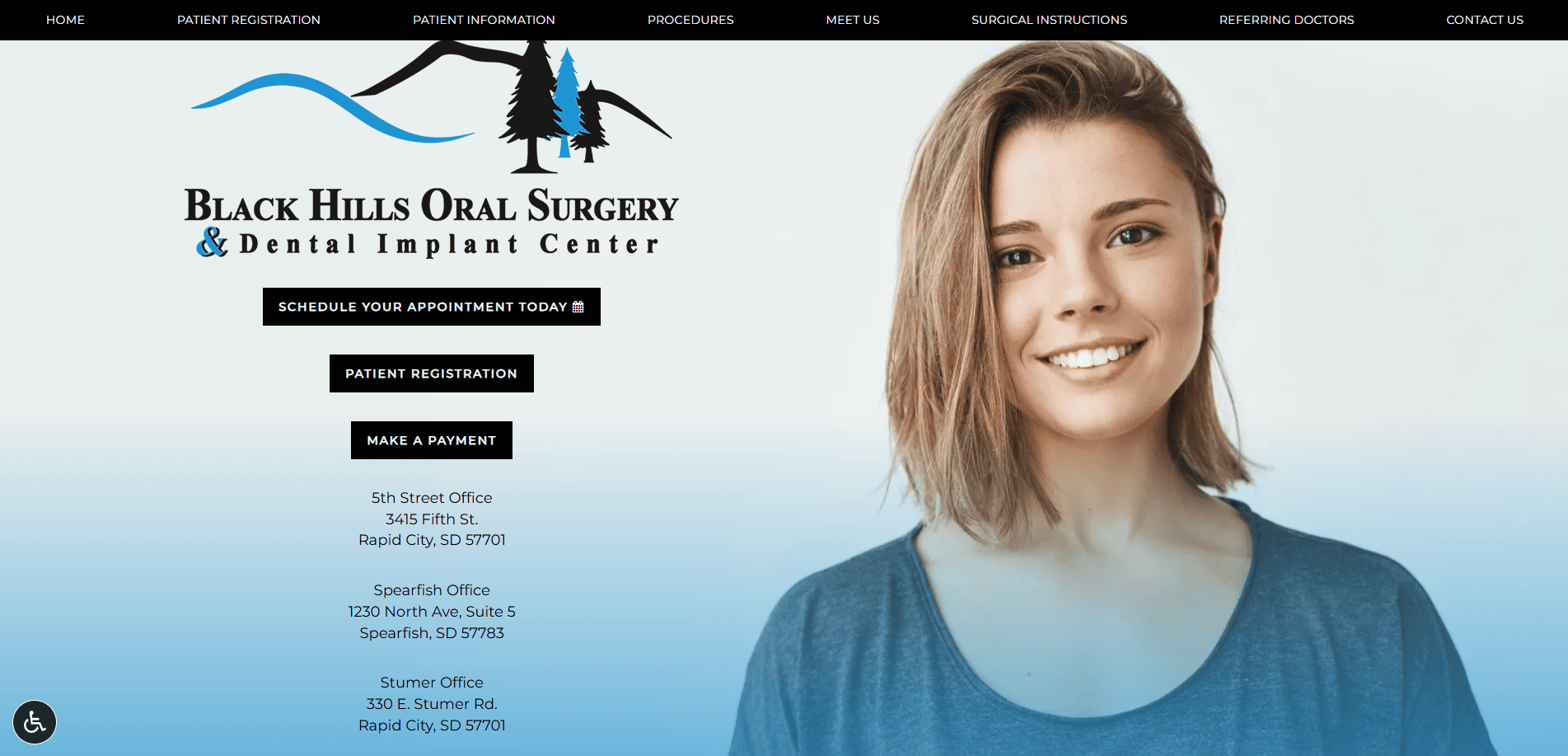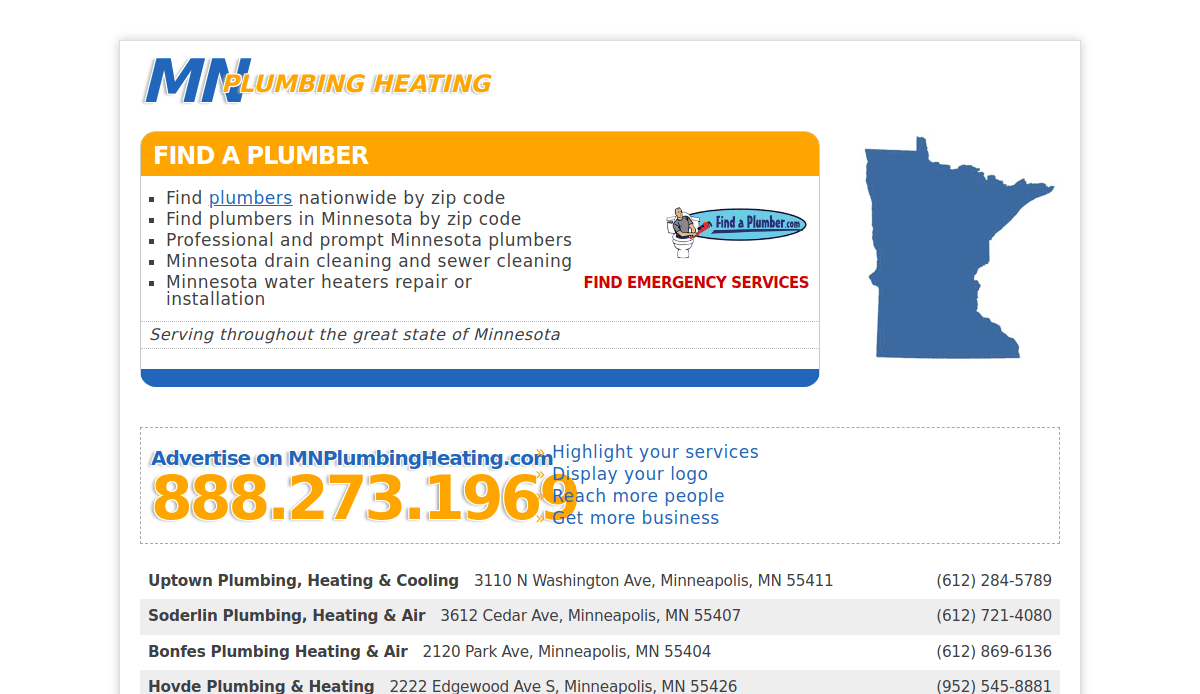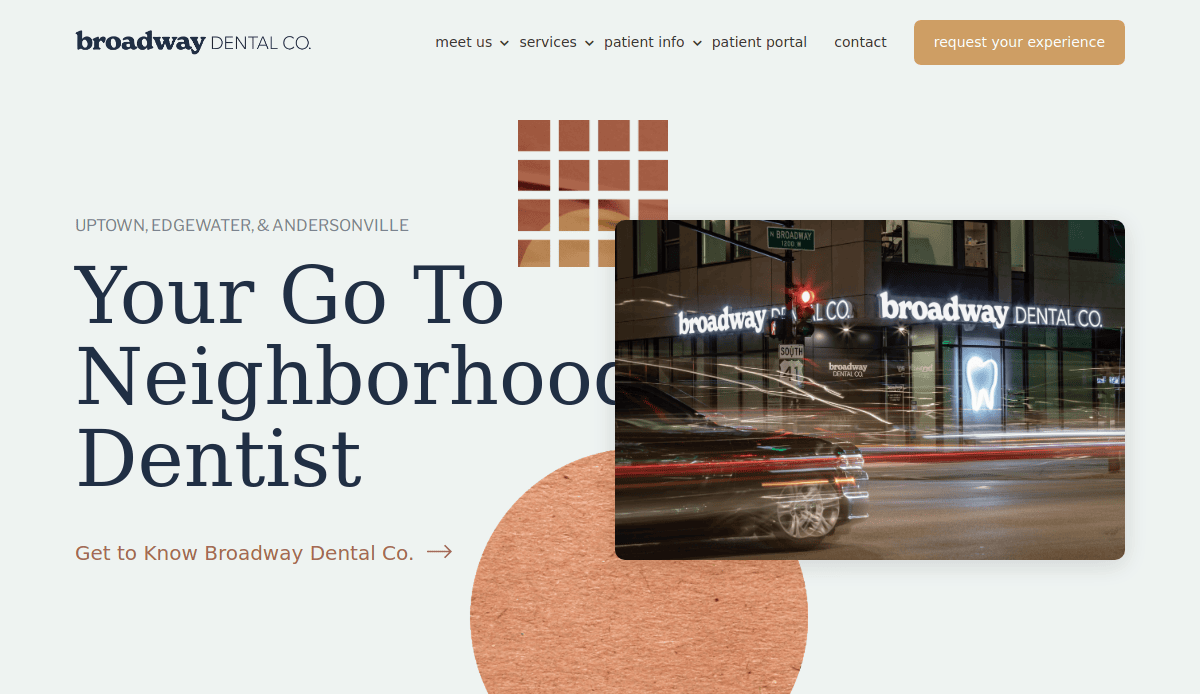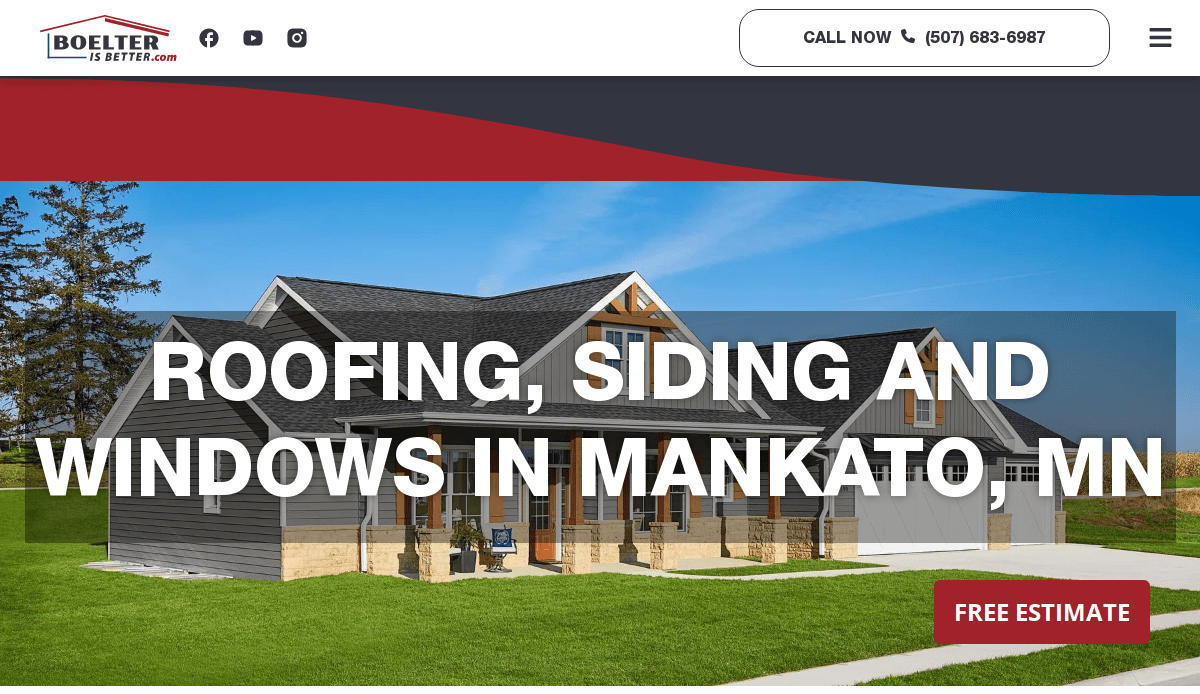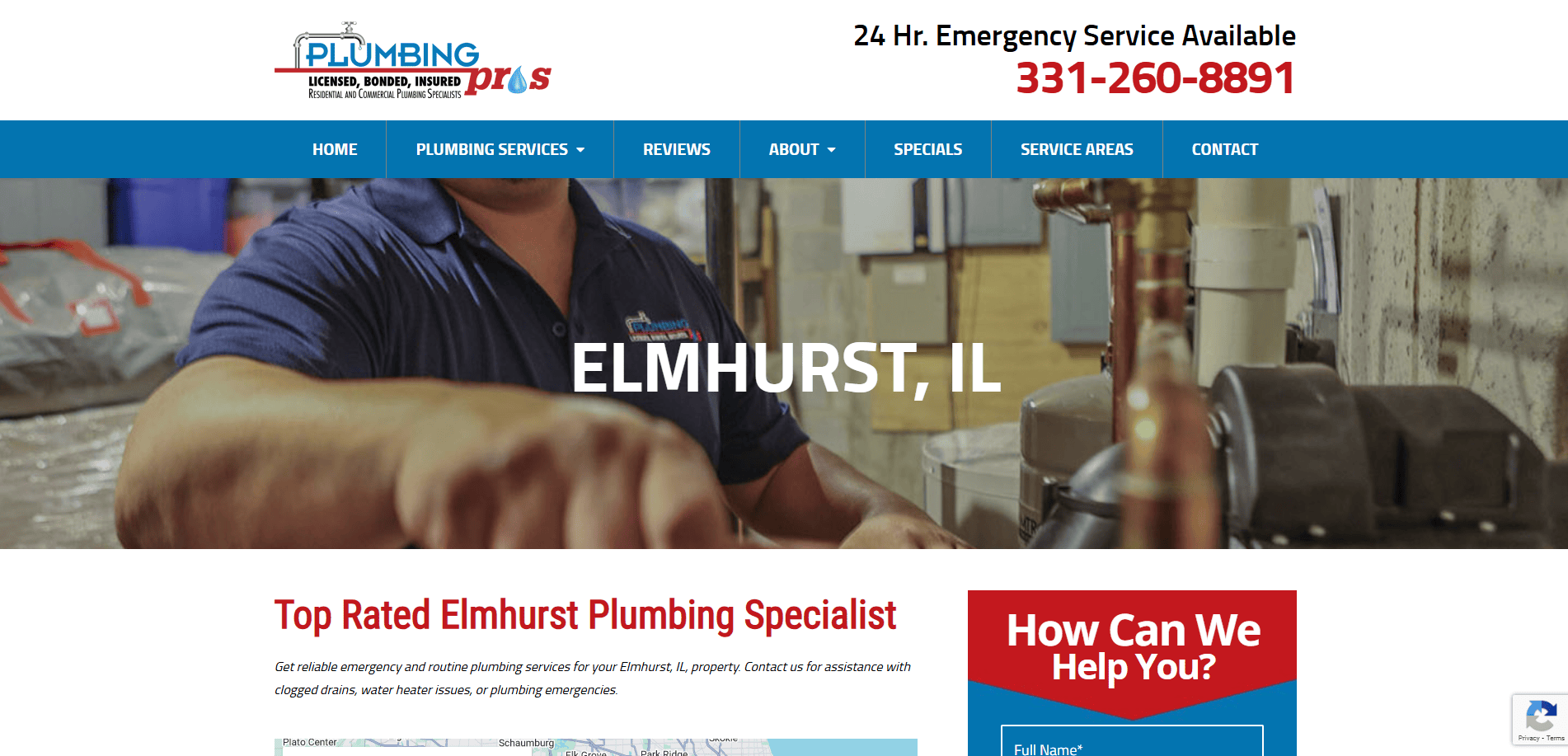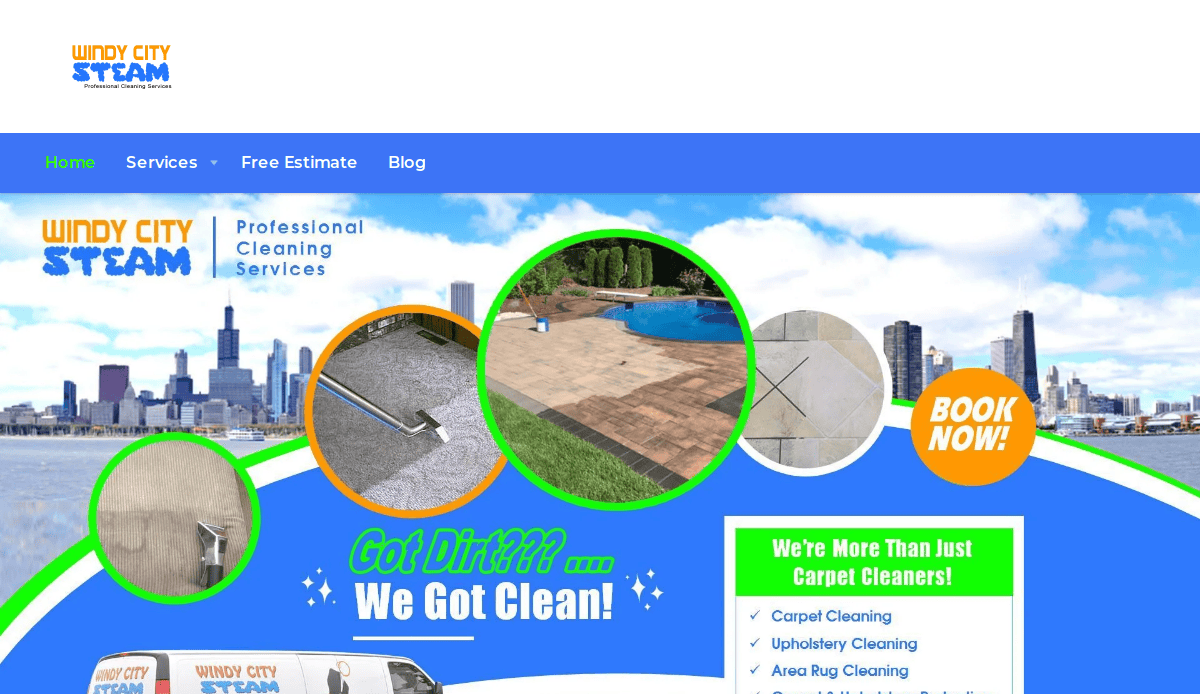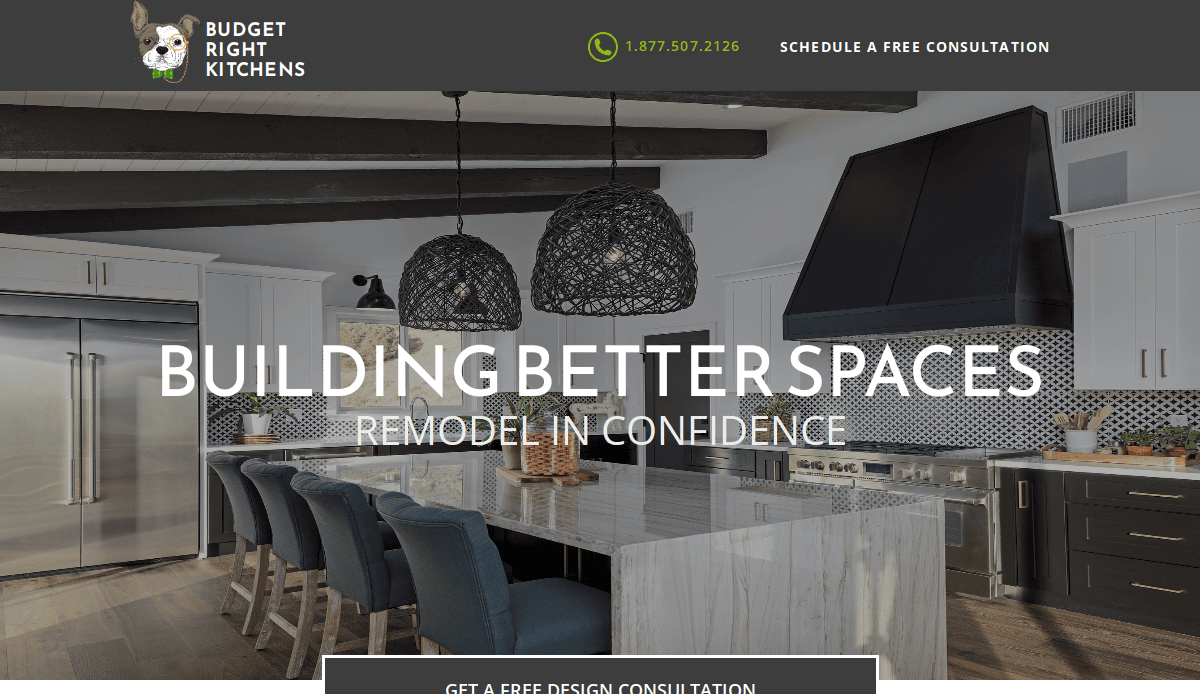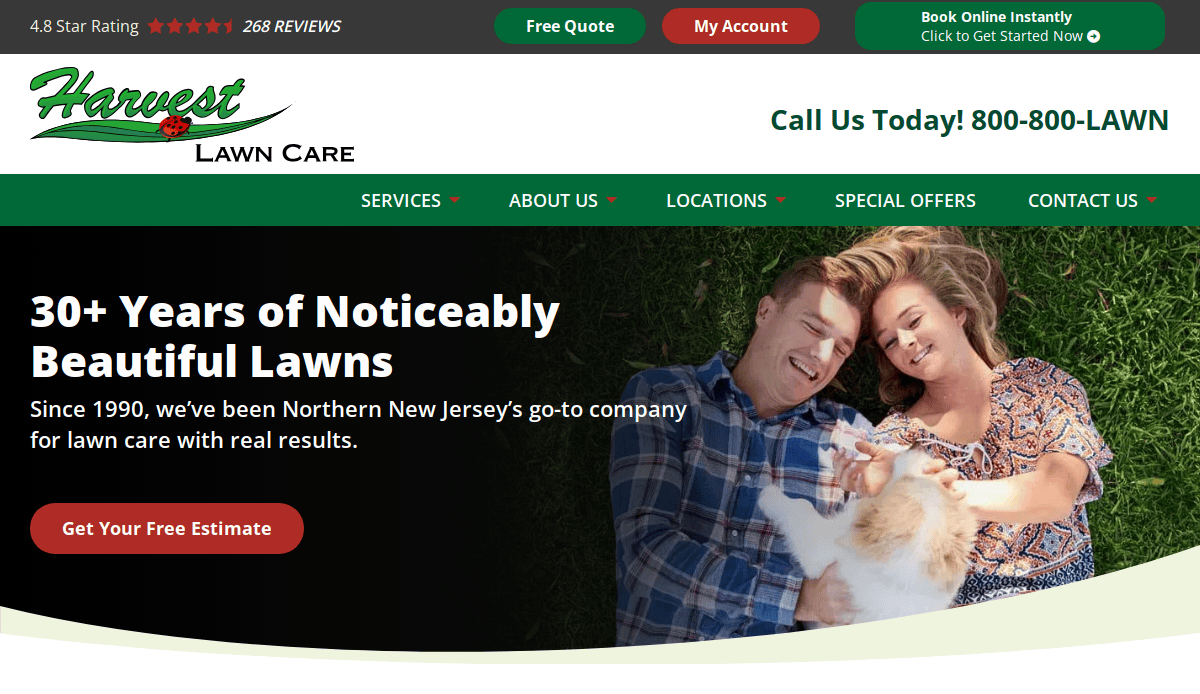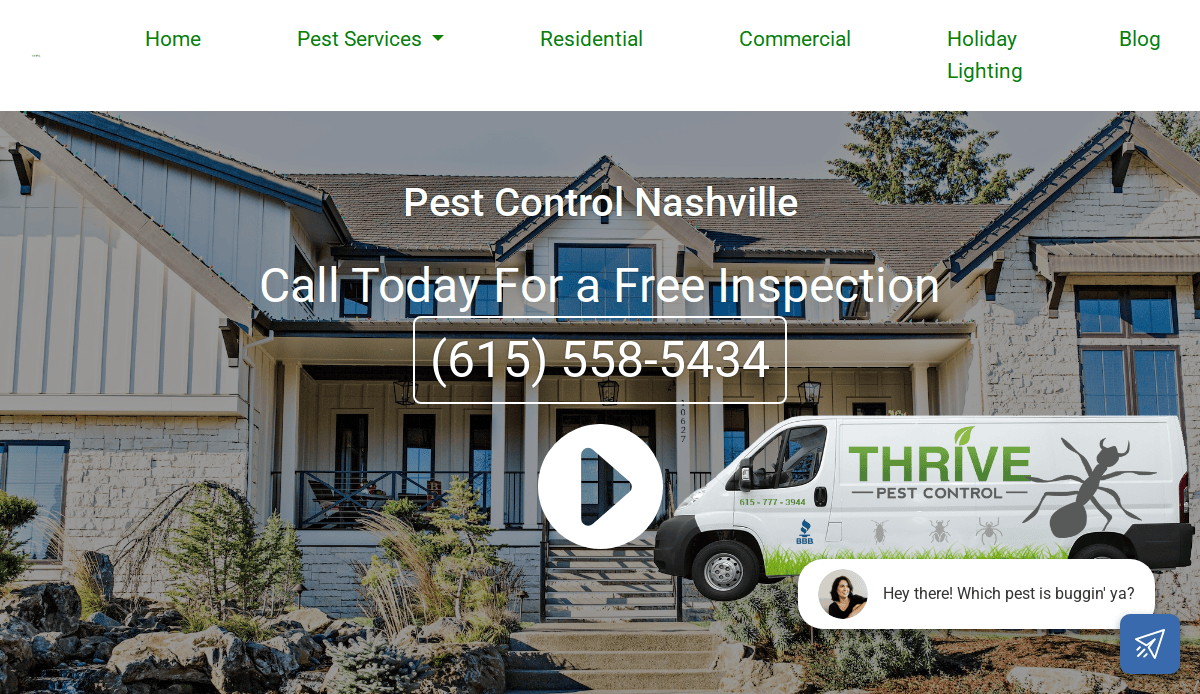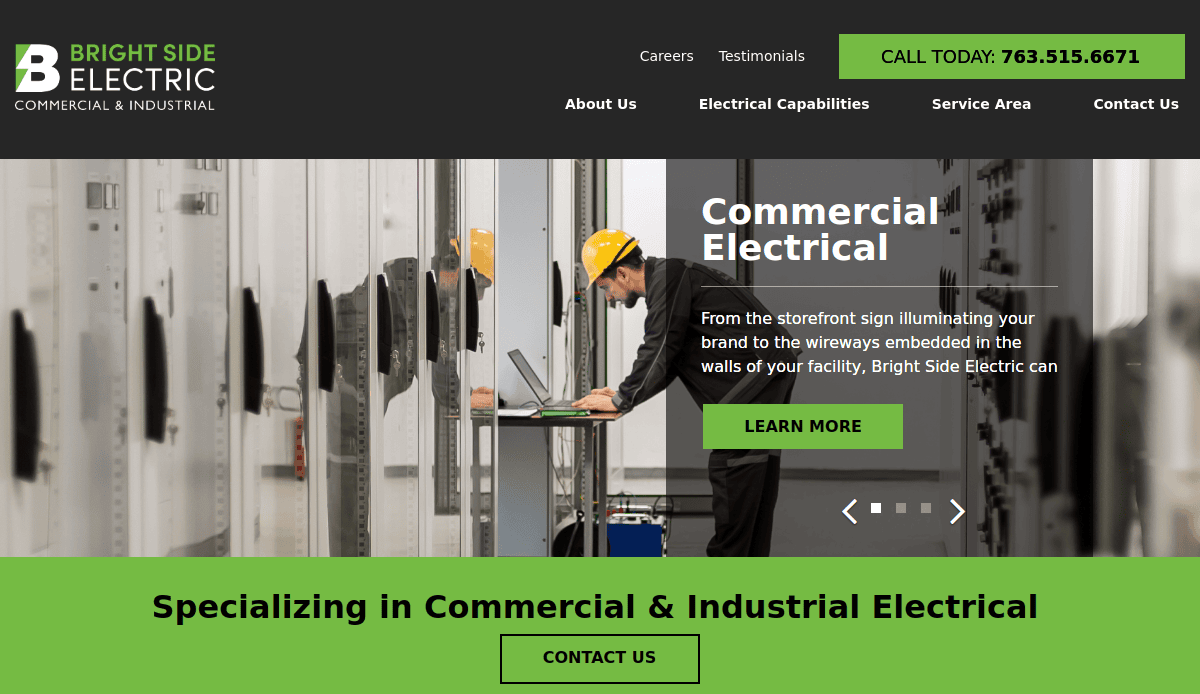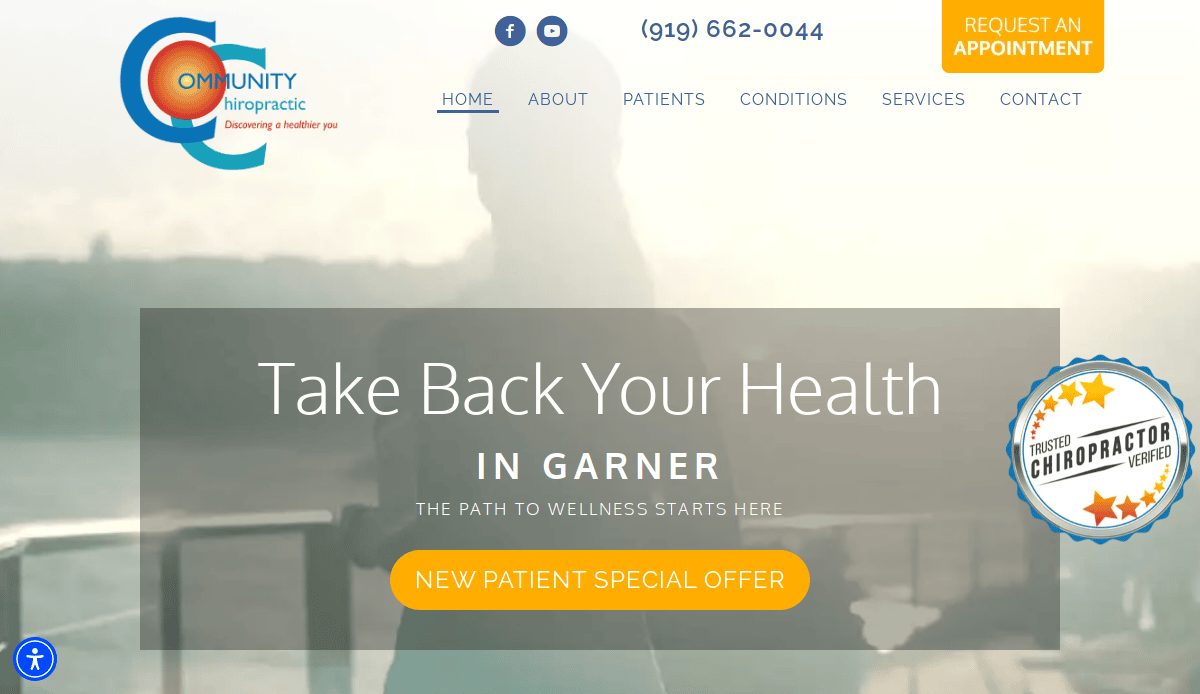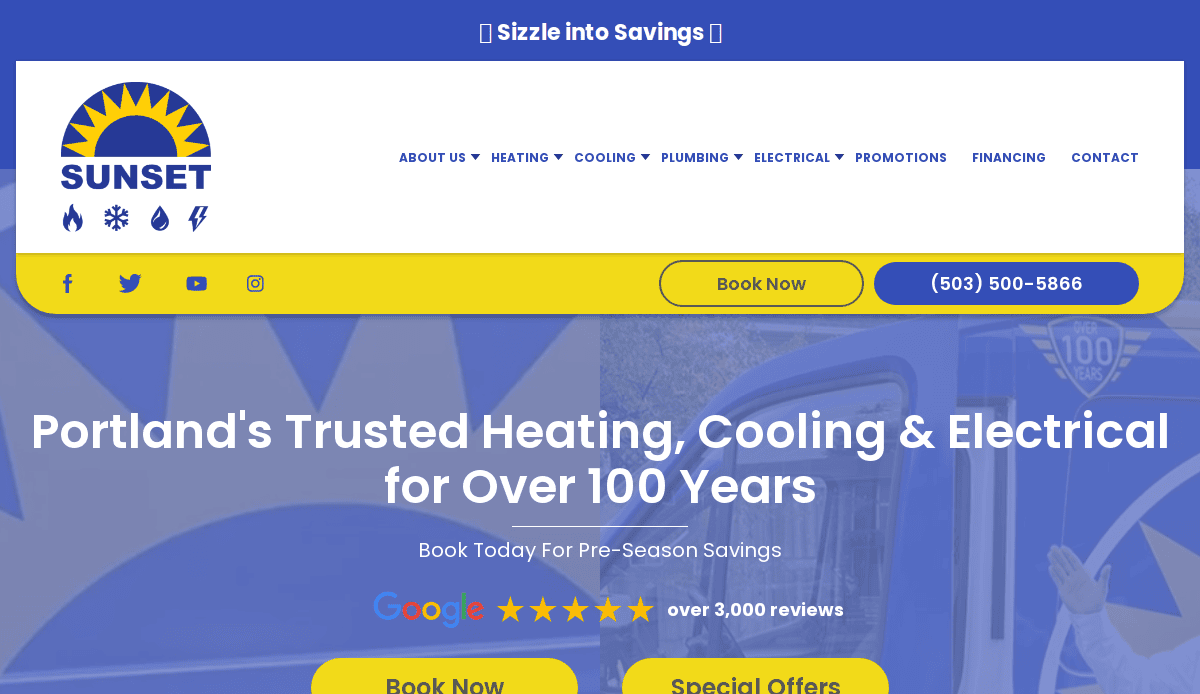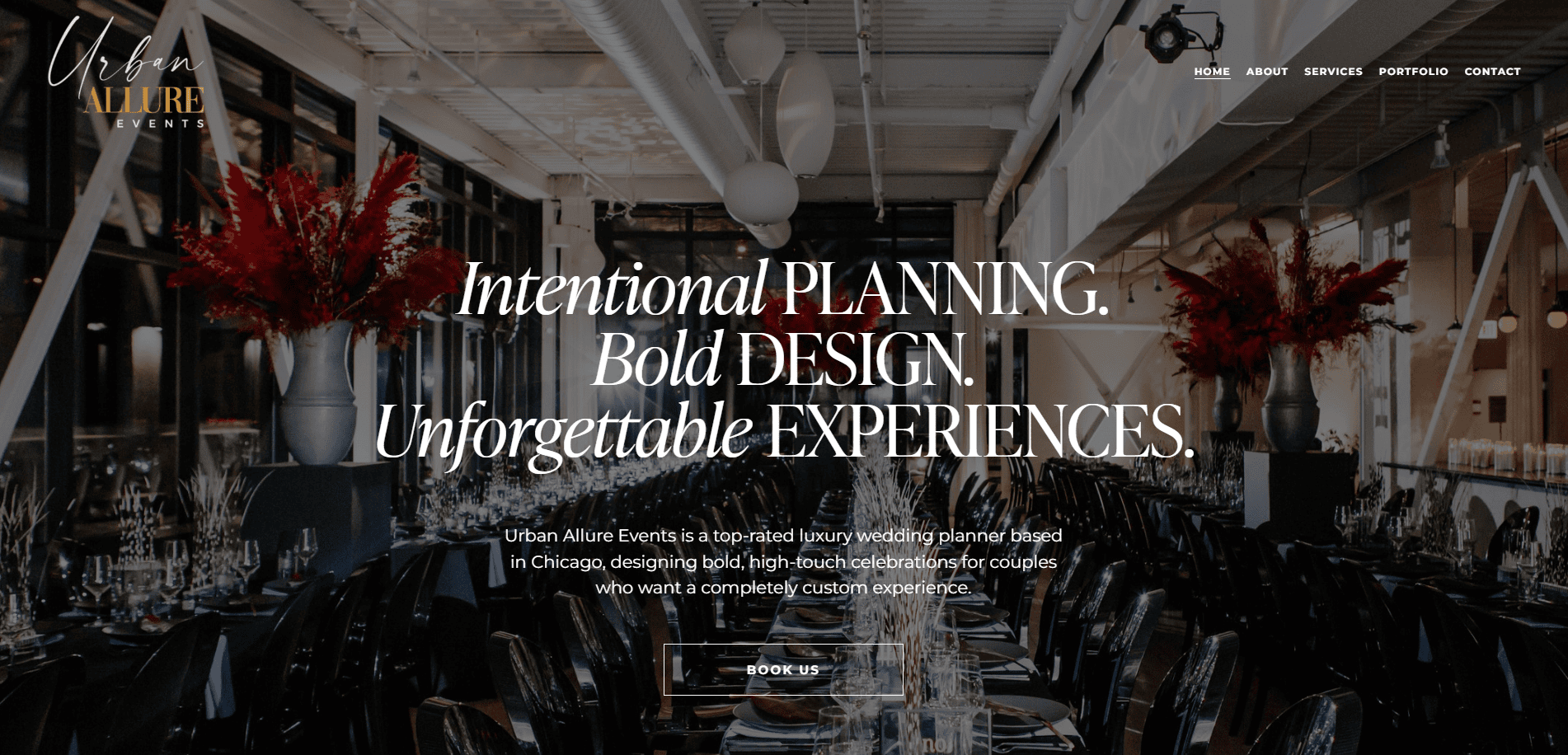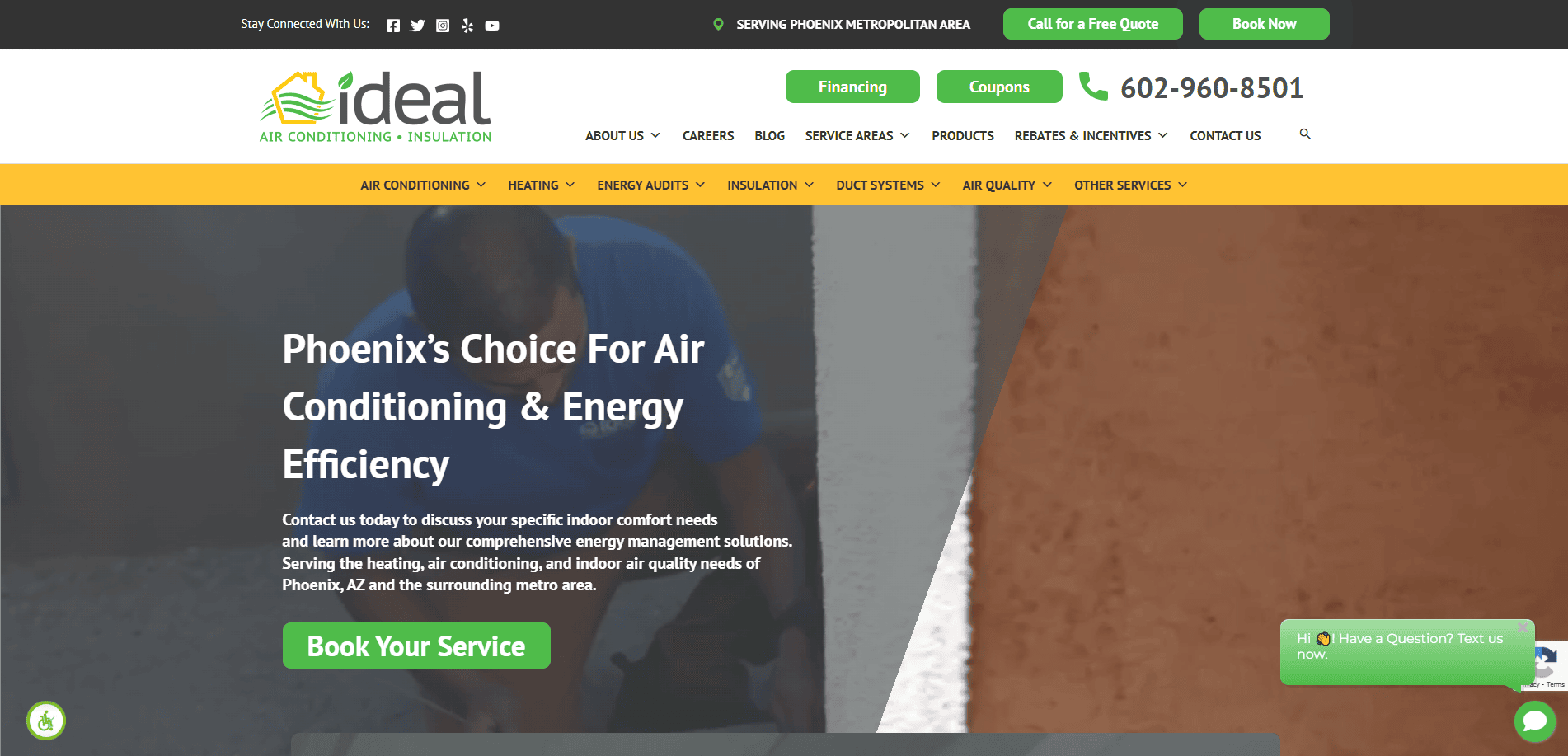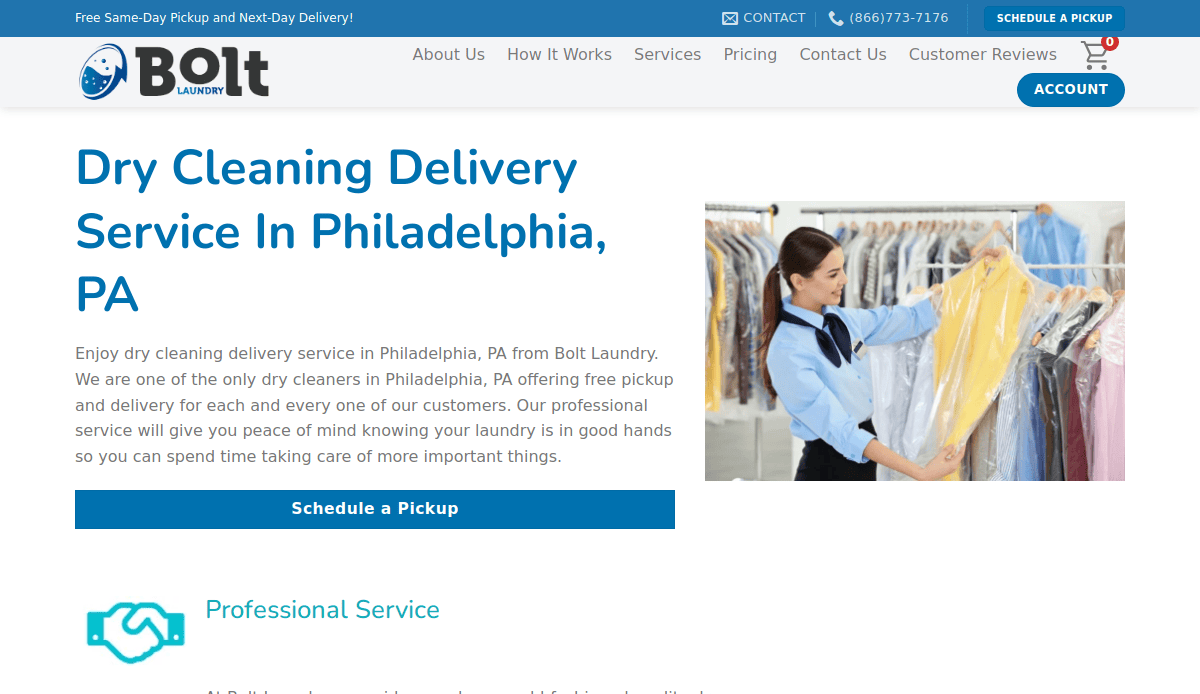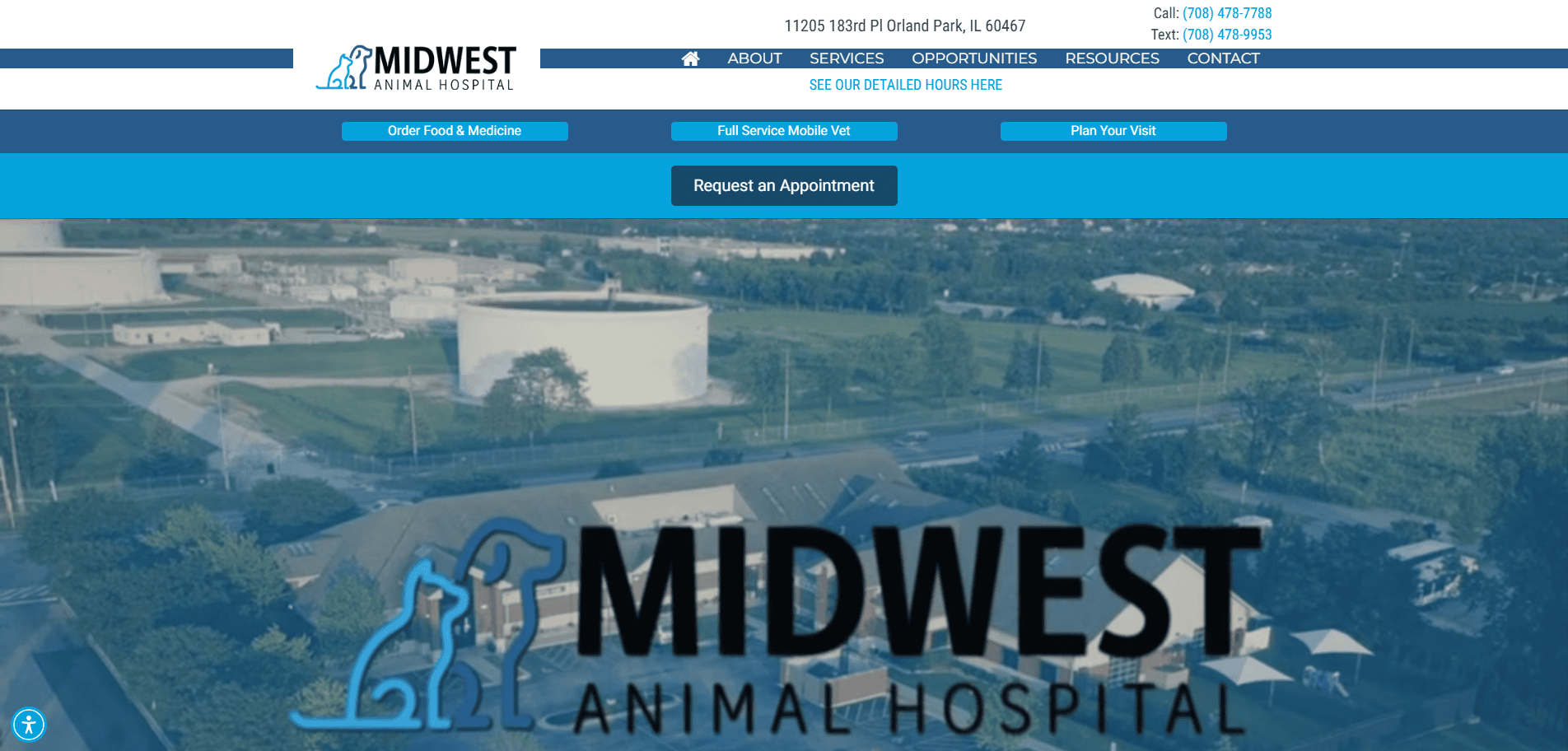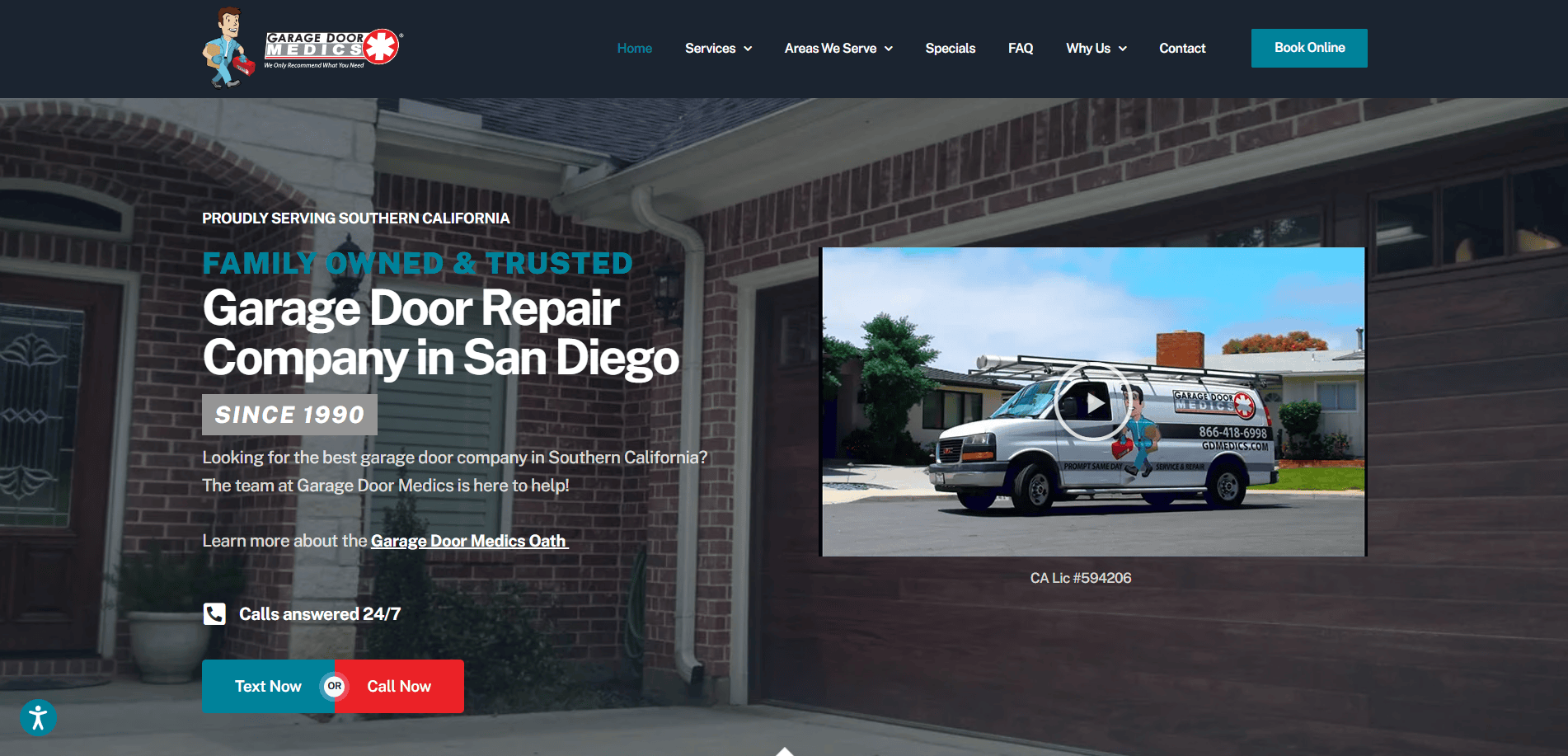Just looking for our Best Local Service Company Website examples list?
Why Website Design Matters for Local Service Companies
First impressions aren’t just important—they’re everything. For a local service business, your business website is often the first point of contact with a potential customer. In less than five seconds, your site needs to communicate credibility, professionalism, and value. If it fails, your audience moves on—most likely to a competitor who invested in high-quality web design.
An effective page isn’t just about aesthetics. It’s about functionality, trust, and clarity. A well-designed site can help your local business rank higher in search engine results, enhance your local SEO footprint, and improve conversions across your entire area served. Whether you’re looking to attract more calls, drive form submissions, or increase visibility online, the right design choices can make all the difference.
In this guide, we’ll break down what makes a website not just good, but exceptional. From design principles and SEO best practices to examples that stand out in real markets, you’ll walk away ready to create a website that drives business results.
Website Planning & Purpose
Before writing a single line of code or choosing a template, every successful website starts with strategic planning. This stage is critical to ensure that your web design aligns with your business goals and delivers real value to your customers.
For service-based businesses, planning begins by defining the primary purpose of the website. Are you trying to generate leads, get more phone calls, increase form submissions, or provide essential information like service hours and locations? Clarity at this stage prevents wasted design efforts and ensures your site’s structure is built with your ideal visitor in mind.
Next, consider your target audience’s journey. A homeowner looking for a plumber, a parent searching for a daycare, or a business owner needing IT support all have different expectations. Mapping out user paths helps you prioritize content and create intuitive navigation that guides users where they want to go without friction.
Another key factor is competitor analysis. Examine other local business websites in your niche to identify content gaps, opportunities for better UX, and areas to differentiate. This allows your site to stand out in both design and functionality.
Finally, planning must address technical goals like mobile responsiveness, load speed, and on-page SEO readiness. These elements aren’t just nice-to-haves—they impact your ability to rank in search results and convert traffic into leads.
Thoughtful planning ensures your website is not just a digital brochure but a core business asset that attracts, engages, and converts local traffic into long-term customers.
Design Principles That Drive Results
Great design isn’t subjective—it’s strategic. As a result, strong design principles directly impact lead generation, search visibility, and user satisfaction. Here are the most critical principles to apply.
Simplicity is key. Your site should make it immediately clear what services you offer, where you operate, and how a visitor can take the next step. Avoid visual clutter. Stick to a clean layout, use white space intentionally, and limit the number of fonts and colors to create a professional look.
Hierarchy matters. Guide users by structuring your pages with clear headlines, bold subheads, and prominent CTAs. Prioritize the most valuable content above the fold and use contrasting buttons that invite clicks. A good visual hierarchy ensures that the user’s eye naturally flows from one section to the next without confusion.
Consistency builds trust. Maintain a unified look across all pages—same fonts, button styles, and spacing. This reinforces your brand identity and helps users navigate your site with confidence. Design inconsistency leads to cognitive friction, which causes visitors to bounce.
Accessibility and inclusivity should not be overlooked. Your design must work for everyone, including users with disabilities. Use legible fonts, ensure strong color contrast, add alt text to images, and make sure the entire site is navigable by keyboard.
Scannability boosts engagement. Most users skim content. Use bullet points, short paragraphs, icons, and visuals to make your content easier to digest. Structured design improves retention and helps your message stick.
Mobile-first is no longer optional. With mobile search dominating local queries, your design should adapt seamlessly to all screen sizes. Prioritize fast loading times and mobile-friendly navigation.
Trust is earned through design. Incorporate real testimonials, recognizable industry logos, and visual proof of your work. A user-friendly website that feels modern and easy to use is more likely to convert visitors into leads.
For a detailed example of these design principles in action, explore our guide on home services website design.
Content & Navigation That Convert
The way content is structured and navigation is organized on your website determines how easily users find the information they need—and whether they take action. Simplicity and clarity, then, are the most effective tools for driving conversions.
Every page should have a clear purpose and lead the user toward a specific outcome. Your homepage introduces your value proposition and routes users to key areas like services, contact, or testimonials. Each service page should address one core offering, use customer-centric language, and highlight common problems you solve.
Navigation menus should be concise and intuitive. Limit the number of top-level menu items to reduce overwhelm. Group related services under dropdowns, and always include calls to action within your navigation, such as “Get a Quote” or “Schedule Service.” Sticky headers can help keep navigation accessible as users scroll.
Use internal linking to guide visitors deeper into your site. For example, link blog posts about seasonal maintenance to relevant services. This improves UX and strengthens your internal SEO strategy.
Visual hierarchy matters. Break long blocks of text with headers, icons, and bullet points to make content more digestible. Use high-contrast buttons and CTAs to stand out on the page.
Each page should have a specific CTA, whether that’s a contact form, a phone number, or a booking calendar. These should be strategically placed near the top, middle, and bottom of each page to accommodate different reading styles.
Don’t forget the footer. Include essential links like privacy policies, service areas, social media, and a repeat of your contact details. This space often acts as a second navigation menu, especially for returning visitors.
If your area of service spans multiple locations, consider creating dedicated city or neighborhood pages to enhance local SEO. To dive deeper into how content structure supports rankings, check out our guide to local SEO for home services.
Visual Elements that Support UX and Branding
Visual elements play a central role in establishing trust, guiding user behavior, and communicating your brand’s identity. Every photo, icon, and graphic should serve a functional and strategic purpose.
Start with imagery that reflects your service quality. Use real photos of your team, equipment, completed work, and satisfied clients. Stock photos can feel generic and fail to connect with local audiences. Authentic images help humanize your business and reinforce transparency.
Icons and illustrations are excellent tools for quickly conveying ideas without overwhelming users with text. Use them to explain service features, represent steps in a process, or highlight unique selling points. Just be sure they align with your overall visual style.
Color schemes should match your branding and evoke the right emotional response. Cool tones like blues and greens can communicate professionalism and reliability, while warm tones like reds and oranges suggest energy and urgency. Maintain high contrast for readability and accessibility.
Typography affects how your content is perceived. Choose fonts that are easy to read across all devices. Use font weights and sizes to distinguish headings, subheadings, and body content, creating a clear visual rhythm for scanning.
Whitespace enhances clarity and reduces cognitive load. Avoid crowding your layout. Well-spaced elements help users focus on what matters most—your calls to action, key messaging, and service offerings.
Video can significantly boost engagement and conversions. Short clips showing your team in action, client testimonials, or walkthroughs of your process can quickly build credibility and trust.
When executed well, these visual elements turn a static webpage into an immersive, branded experience. For inspiration, explore how strong visuals are used in our favorite home services website design examples.
Ongoing WordPress Maintenance for Service Businesses
Once your WordPress website goes live, the work isn’t over. Ongoing maintenance is essential for keeping your site secure, high-performing, and aligned with your business goals. A neglected website can result in lost leads, broken functionality, or security vulnerabilities that damage your reputation.
Maintenance starts with updates. WordPress core files, themes, and plugins are frequently updated to address bugs, security flaws, and performance enhancements. Regular updates prevent compatibility issues and ensure your site stays protected against new threats.
Security monitoring is another core component. Local businesses often lack in-house IT support, making them easy targets for automated attacks. Regular malware scans, firewall configurations, and login protection help secure your website and customer data.
Backups are your safety net. A reliable backup system creates daily copies of your website, so you can quickly restore functionality in case of data loss or cyberattack. It’s not a question of if you’ll need a backup—only when.
Performance optimization keeps your site fast and responsive. Ongoing maintenance includes cleaning up databases, removing outdated plugins, and testing load times. These steps support a better user experience and help preserve your rankings in local search.
Content updates also fall under maintenance. Updating seasonal services, hours of operation, testimonials, or promotions ensures your website reflects what your business is doing right now. It shows visitors that you’re active, available, and engaged.
Finally, analytics tracking helps you make smart decisions. Monthly performance reviews can reveal which pages convert best, which keywords drive traffic, and where users drop off. This data allows you to fine-tune your site and continually improve results.
Ongoing WordPress maintenance isn’t optional—it’s a key part of running a digital-first business. By staying proactive, service companies can avoid expensive downtime and ensure their website remains a powerful tool for growth.
20 Website Examples of Design Excellence to Inspire
1. Norm Reeves Honda Superstore
City: Cerritos, CA
- Streamlined navigation and search functionality enhances user experience.
- Strong homepage visuals and dealership branding build credibility.
- Integrated booking and financing options for customer convenience.
2. The Cleaning Authority
City: Columbia, MD
- Simplified page design helps users quickly find and book services.
- Strong trust-building elements like customer reviews and awards.
- Effective use of local keywords across individual service pages.
3. Black Hills Oral Surgery
City: Rapid City, SD
- Clear service overview with customized graphic design elements.
- Mobile-first layout optimized for local search.
- Patient-focused content with step-by-step procedure pages.
4. Minnesota Plumbing and Heating
City: Minneapolis, MN
- Friendly homepage design paired with vibrant, colorful design.
- Detailed service descriptions for each offering.
- Prominent CTAs and booking options enhance conversions.
5. Broadway Dental Co.
City: Chicago, IL
- Sleek professional website that reflects premium service.
- Smart use of design ideas and visual storytelling.
- Local SEO integration helps rank in the Chicago market.
6. Boelter Window, Siding & Roofing
City: North Mankato, MN
- Strong homepage messaging with real service website examples.
- High-converting service page design tailored to the local market.
- Built-in SEO and web design features that help with local SEO.
7. My Plumbing Pros
City: Elmhurst, IL
- Clean layout and simple navigation for quick service access.
- Optimized for mobile and built to start building your website right.
- Clear service overview with concise calls to action.
8. Clarendon Vision Development Center
City: Westmont, IL
- Modern design with homepage design that connects visually.
- Focus on customer education through service detail pages.
- Emphasis on local keywords for high visibility.
9. Windy City Steam
City: Chicago, IL
- Focused page layout for each cleaning service.
- Real service photos showcase professionalism.
- Local keywords throughout support local search rankings.
10. Budget Right Kitchens
City: Oakpark, IL
- Designed to grow your business with visual proof of services.
- CTA placement and color schemes improve engagement.
- Comprehensive layout with individual service pages.
11. Harvest Lawn Care
City: Patterson, NJ
- Fresh, seasonal homepage banners that reflect active services.
- Consistent branding with colorful design and regional appeal.
- Strategic use of page layout to highlight testimonials and special offers.
12. Thrive Pest Control
City: Nashville, TN
- Engaging hero section with client testimonials.
- Service pages for each service clearly outlined.
- Simple design makes the site easy to use and navigate.
13. BrightSide Electric
City: Phoenix, AZ
- Conversion-optimized layout and mobile responsive design.
- Local market focus using keywords and service area mapping.
- Engaging CTAs to get your business noticed online.
14. Community Chiropractic
City: Raleigh, NC
- Warm visual elements and friendly page layout.
- Clear description of the service and booking features.
- Optimized for both speed and user experience.
15. Sunset Heating & Cooling
City: Portland, OR
- Strong value messaging and promotions front-and-center.
- Detailed service pages for HVAC repair, install, and more.
- Fast-loading, responsive layout for mobile users.
16. Urban Allure Events
City: Dallas, TX
- Elegant design with unique design inspirations.
- Customizable event search with color-coded options.
- Smooth transitions and easy booking flow.
17. Ideal Air Conditioning & Insulation
City: Scottsdale, AZ
- Detailed service descriptions and graphic design usage.
- Local SEO strategy with structured service pages.
- CTA buttons tied directly to service requests.
18. Bolt Laundry Service
City: Philadelphia, PA
- Engaging homepage design with cleaning service packages.
- Clear navigation and single service callout blocks.
- Vibrant visuals reflect brand personality.
19. Midwest Animal Hospital
- Mobile-first approach with a strong focus on local search rankings.
- Friendly page on your website tone with direct access to bookings.
- Informative homepage structure built around pet owner needs.
20. Garage Door Medics
City: San Diego, CA
- Clear homepage message and CTA for fast booking.
- Clean layout and photo-driven service overview.
- Optimized for search engine optimization and speed
Ready to Build a Website That Grows Your Business?
A well-designed website is your online foundation for building trust, generating leads, and ranking in local search results. From layout and navigation to design elements and search engine optimization, every part of your site should work together to reflect your brand and meet your business needs.
If your business needs a website that actually drives results, you’re in the right place. Our full-service digital marketing agency specializes in professional web design and development for local service businesses. Whether you’re launching a new business, revamping an outdated site, or simply want to improve your service presence online, we’re here to help.
Get your custom web strategy and start building your website the right way.
FAQs About Website Design for Local Service Companies
What is the best way to structure individual service pages?
Each page should focus on one single service. Use a clear service overview, incorporate relevant local keywords, and include FAQs, testimonials, and a strong call-to-action. This structure improves clarity for users and helps with local SEO.
Does my business need a website if I already have social media?
Yes. While social platforms help, your website is your online headquarters. A professional website builds trust, supports SEO, and allows complete control over your messaging and branding.
What makes a high-converting service page?
A high-converting service page is built with a strong headline, a clear description of the service, a prominent CTA, trust signals, mobile optimization, and internal links to other pages for each service. Check out our service website examples for inspiration.
How important is a mobile-friendly website for service businesses?
Critical. The majority of users now browse on mobile devices. If your website is mobile-friendly, you enhance usability, lower bounce rates, and boost local search rankings.
What’s the difference between a homepage and a landing page?
A homepage introduces your business and directs users to different parts of your website. A landing page focuses on one goal—like booking a service or downloading a guide—and is optimized for conversions using focused design and minimal distractions.
Can I use a website builder, or should I hire a design company?
A website builder may work for DIY projects, but a design company offers tailored solutions that align with your business goals. For custom web development, branding, SEO, and scalability, professional web design and development are more effective.
How often should I update my website?
You should keep your website updated at least quarterly. This includes checking page layout, updating content, improving performance, and refining your SEO strategy. Frequent updates show you’re active and help with SEO and web design alignment.
What types of websites work best for locally-based services?
A well-structured small business website should include a strong home page, pages for each service, testimonials, booking features, and a contact section. Examples include cleaning service sites, real estate websites, and professional service pages.
How do I use local keywords to improve rankings?
Use your city or neighborhood name naturally in your page titles, meta descriptions, service descriptions, and image alt text. Target local keywords that match your service area and include them across individual service pages.
What’s included in a full-service website design and development package?
It typically includes graphic design, responsive page design, homepage design, site structure, search engine optimization setup, and a comprehensive guide to maintaining performance post-launch. You can also request help with creating websites that include a booking service feature and custom design inspirations.


